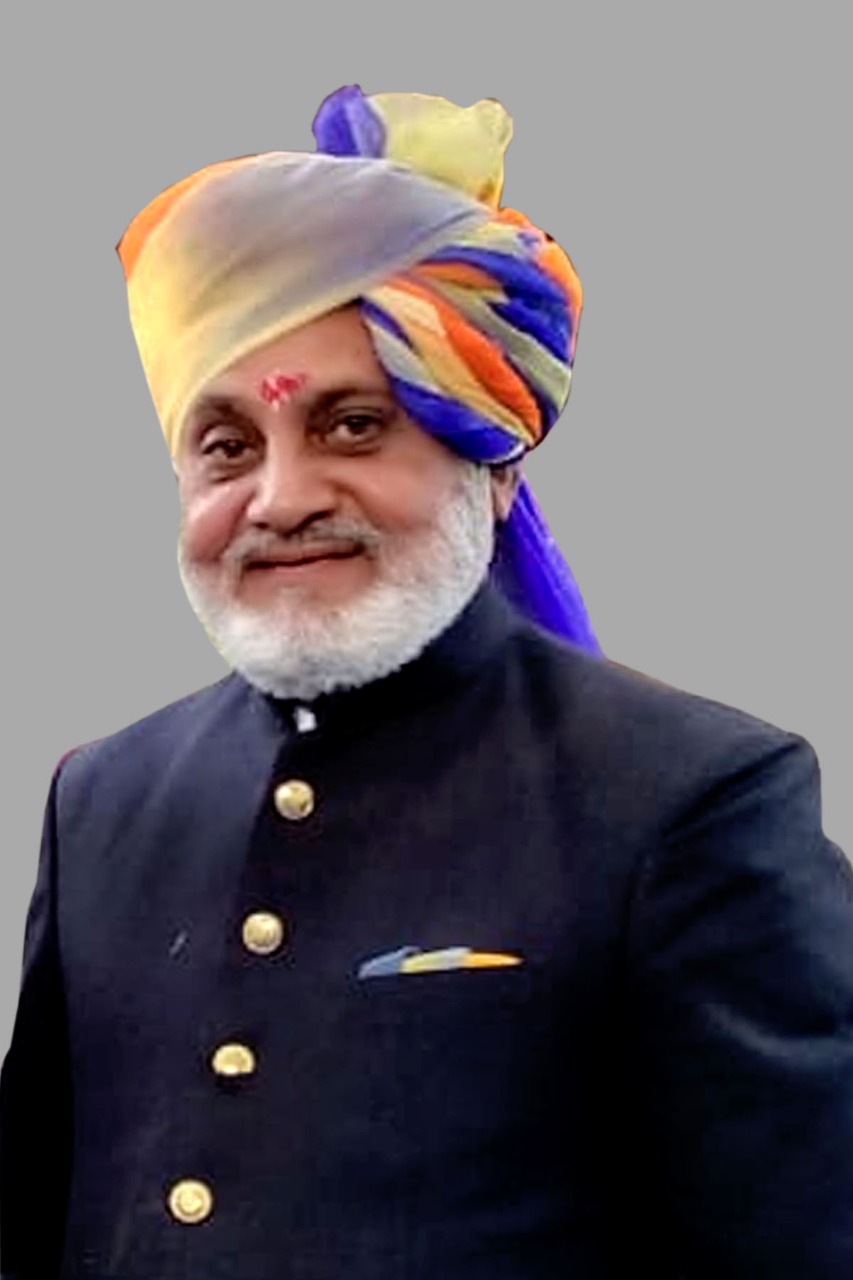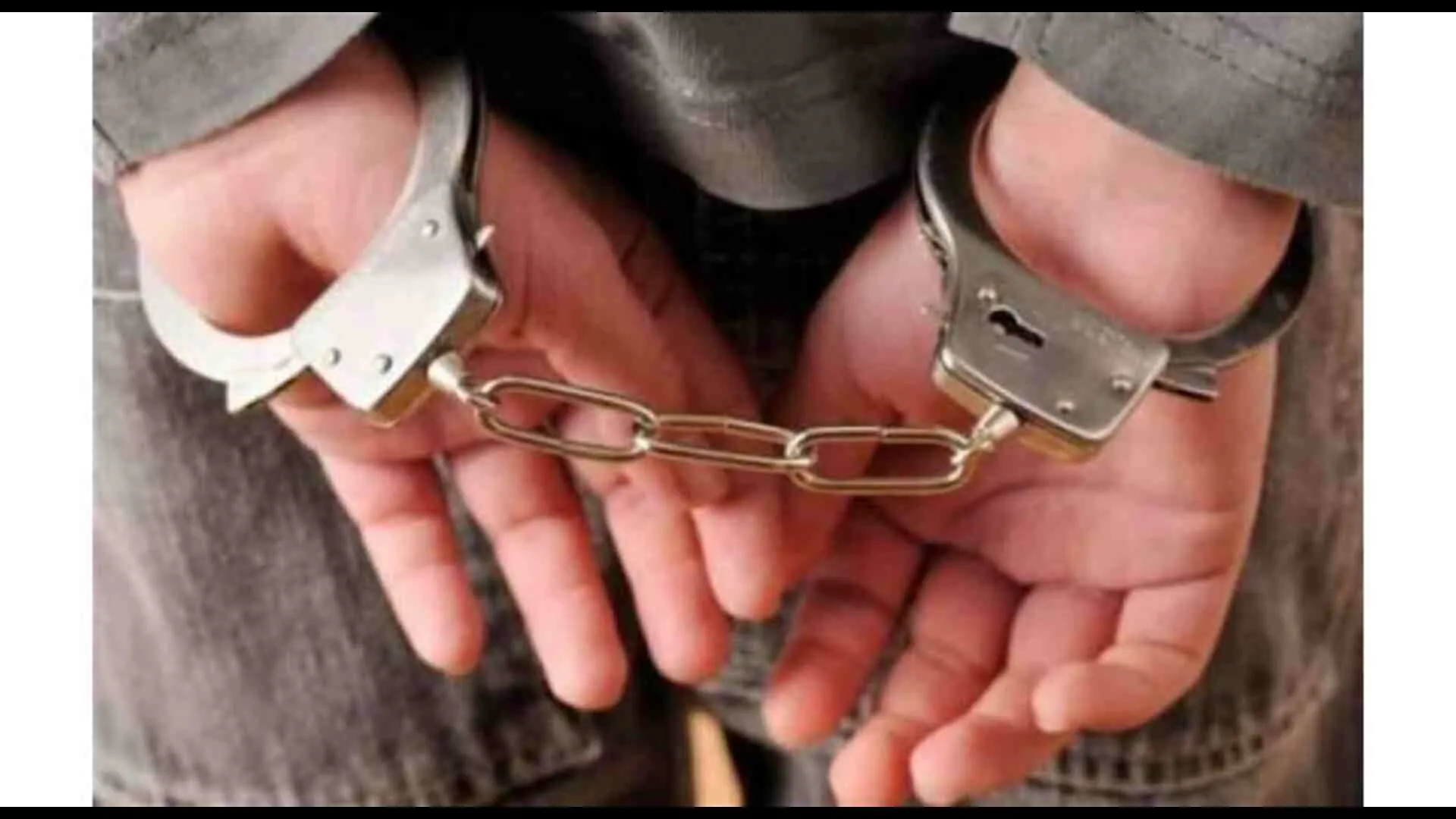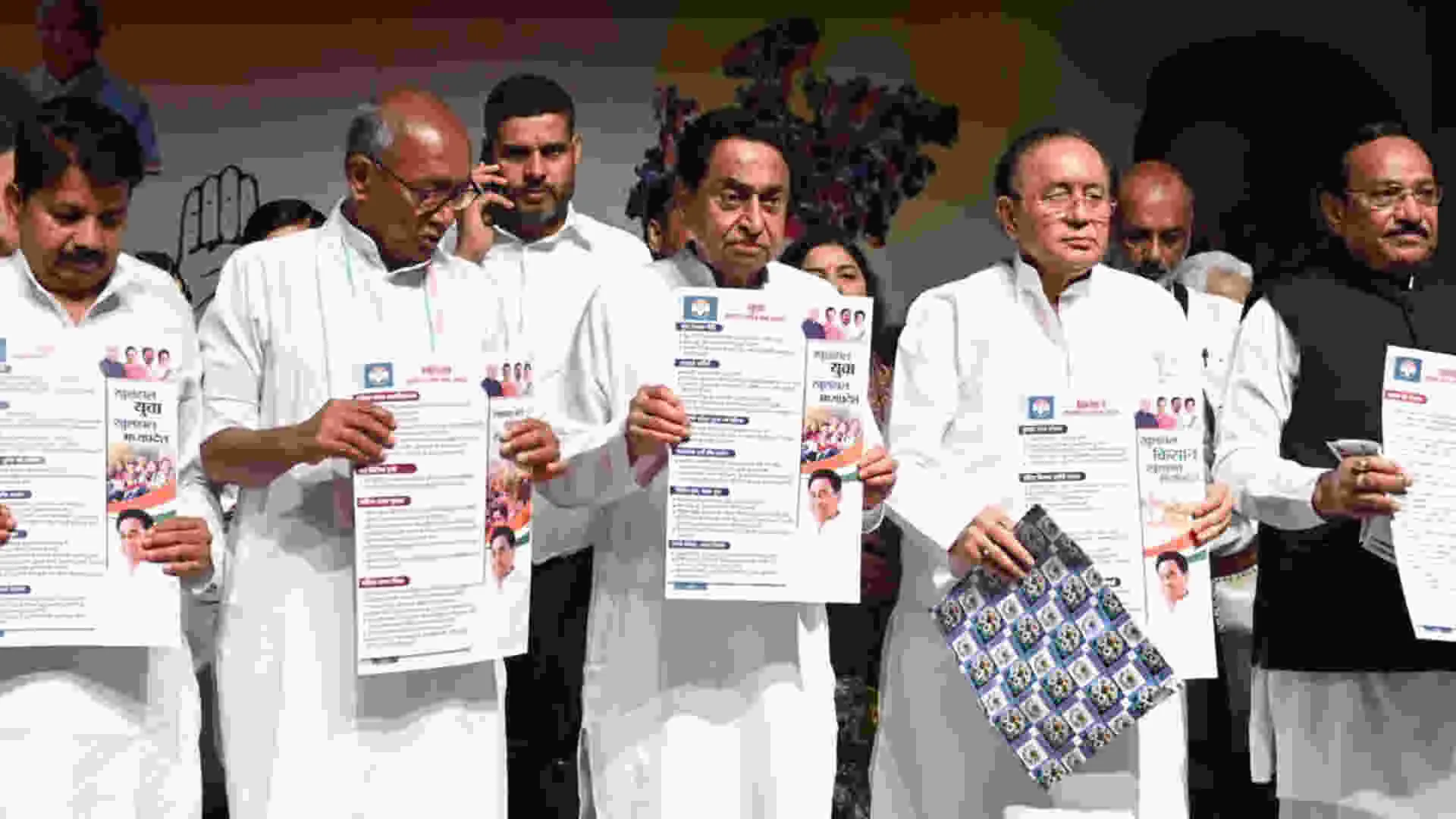Turbans hold a special place as an integral element in the great Indian treasure trove. Varying in style and design across states and traditions, they are seen as symbols of pride, also serving the purpose of keeping the person wearing the turban protected from the scorching sun. Given that there are over 500 types of turbans worn by Indian men and women, it would be correct to state that they also serve as a distinct symbol of regional identity.
Meet Vikramsinh Mansinh Jadeja, the turban man from Gujarat who holds the distinction of knowing how to tie over a hundred styles of turbans and is invited by various royal families to tie the safas and turbans at the scions’ nuptials. An international artist and expert in Royal Rajputana and Indian traditional ‘Pagri and Saafa,’ he passionately promotes and preserves the art of turban draping for which he has also been recognized and awarded. He draws inspiration from archival photographs and immerses himself in travels to understand various royal cultural events and incorporates these influences into his innovative approach to turban making. His dedication to preserving the art of turban draping has earned him recognition in the India Book of Records.
Vikram shares,” Throughout history, India has been home to numerous brave kings and warriors who wore their turban with great pride. Some noteworthy examples include Chhatrapati Shivaji Maharaj, the founder of the Maratha Empire, Maharana Pratap Singh of Mewar, and Maharaja Ranjit Singh of the Sikh Empire are among the many courageous rulers who wore their turbans with honor, representing their bravery and valor. My expertise lies in tying the dome-shaped pagdi, a Marathi Pheta worn by Chhatrapati, influenced by the shape of the juda hairdo worn beneath it. Though I can tie many other shaped pagdhis and safas too. “
Left as a legacy by the royals of Maharashtra since prehistoric times, the headgear traces its origin back to the Peshwa era, a time of Marathi warriors like Chhatrapati and Rani Lakshmibai, as well as distinguished personalities like Sant Tukaram. Historical accounts suggest that the Marathi Pheta originated in the town of Kolhapur, which served as the historical capital of Maharashtra. Characterized by its distinct shape and elaborate draping technique, it holds a special place in Maharashtra’s cultural heritage, worn especially during religious functions and wedding occasions. Primarily worn by elder men in families as a symbol of dignity back then, it held a significant cultural and traditional value, especially among Maharashtrian men. Over time, the traditional costume transitioned into a fashion trend, becoming a statement piece for the younger generations. The obligation associated with wearing the Pheta gradually gave way to vogue preferences, making it more fashionable rather than solely ritualistic. In today’s times, the Pheta is typically worn on special occasions, deviating from the traditional Marathi practice where it was an integral part of daily attire.
“Typically, it measures between 3.5 to 6 meters in length and has a width of approximately 1 meter. It is typically wrapped around the head in 6 to 7 rounds, with a portion of the turban left hanging loose like a tail, known as the Shemala. While some Pheta cloths are plain and single-colored, others feature lining and double colors. The choice of colors varies depending on the occasion, with saffron symbolizing valor and white representing peace. Cotton is the most commonly used fabric for making the Pheta, often adorned with gold trimmings along the border to enhance its regal appearance,” informs Vikram.
Apart from the classic white and saffron-embellished Pheta, there are two prominent variations worth mentioning. The first is the renowned Kolhapuri Pheta, available in a wide range of vibrant colors and adorned with a Bandhani design. The second variety is the Puneri Pheta, characterized by its checkered patterns and distinctive gold border. It is also considered the most auspicious one that is handed over during the nuptials of a wedding. Gradually, this age-old tradition of Marathi Pheta became an auspicious ritual for people, be it any culture.
What also makes this Marathi headgear unique are the various styles in which Pheta can be worn. The styles vary based on location, renowned personalities, and specific occasions. When associated with distinguished individuals, they come with names such as the Shahi Pheta, Mahatma Gandhi Pheta, Tukaram Maharaj Pheta, and various other popular variations. When it comes to different places, notable styles include the Kolhapuri style, Mawali style, Puneri style, Lahiri style, and more.
Several Indian celebrities and political leaders have worn the Marathi Petha in different forms which has given this headdress a global appeal and has made an impact on several people worldwide. Several fashion designers have imitated the particular style and have used it to give their collections a touch of Indian ethnicity. In Marathi cinema, numerous films such as Netaji Palkar, Ayodhyecha Raja, Shree Pundalik, anmore feature protagonists donning the headgear in significant scenes. Well-known Bollywood actors like Abhishek Bachchan, Ritesh Deshmukh, and even Abhishekh Bachchan’s father, Amitabh Bachchan, wore it on their wedding days, further adding to its prominence. Just like the myriad of turban styles across India, the Marathi pheta showcases the unique regional identity and adds to the rich tapestry of Indian culture.
















